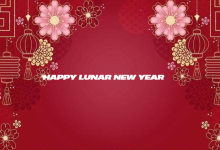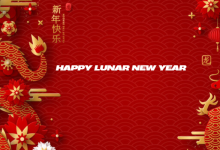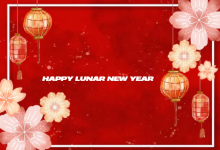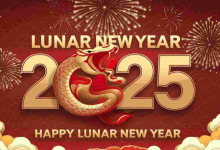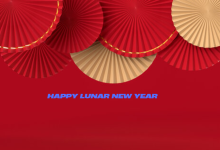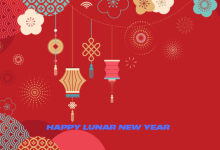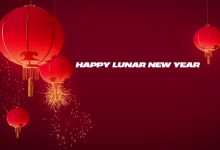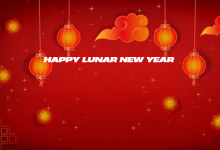Happy lunar new year eve 2025
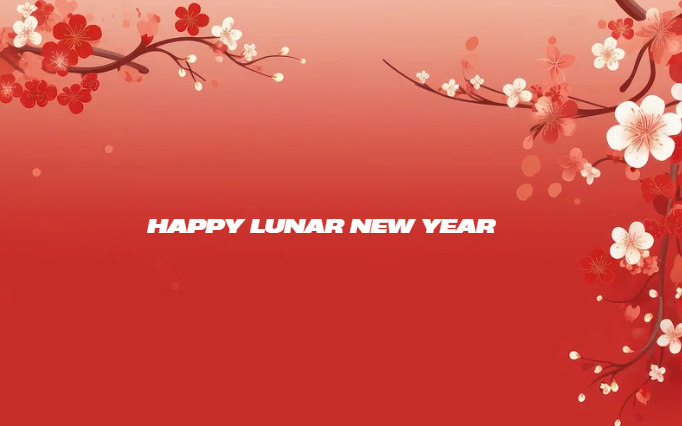
Lunar New Year’s Eve is a time of reunion, reflection, and celebration, marking the transition from the old year to the new. As we bid farewell to the Year of the Dragon and welcome the Year of the Snake in 2025, families across the world are preparing for a night filled with traditions, delicious food, and joyous festivities. Let’s explore the significance of Lunar New Year’s Eve, the customs associated with it, and how different cultures celebrate this auspicious occasion.
The Significance of Lunar New Year’s Eve
Lunar New Year’s Eve, also known as Chuxi (除夕) in Chinese, is one of the most important nights in the lunar calendar. It is a time for families to gather, honor their ancestors, and look forward to a prosperous year ahead. The eve of the Lunar New Year is steeped in centuries-old customs that vary across different cultures, including Chinese, Vietnamese, Korean, and others that follow the lunar calendar.
The transition from the old year to the new is seen as a fresh start, and many people take this opportunity to cleanse their homes, settle debts, and make amends in relationships. It is a night of gratitude, hope, and family togetherness, setting the tone for the coming year.
Traditional Celebrations and Customs
Each culture has unique traditions for Lunar New Year’s Eve, but many share common themes of family, food, and fortune. Here are some of the key customs observed on this special night:
Family Reunion Dinner
The most anticipated event of Lunar New Year’s Eve is the reunion dinner, or “Tuan Yuan Fan” (团圆饭), which brings together family members, sometimes traveling long distances to be with their loved ones. The dinner table is filled with symbolic dishes, including:
- Dumplings (Jiaozi): Representing wealth and prosperity.
- Fish (Yu): A homophone for surplus, symbolizing abundance.
- Longevity Noodles: Representing long life and happiness.
- Spring Rolls: Resembling gold bars, symbolizing wealth.
Each dish carries a wish for good fortune, health, and success in the year ahead.
House Cleaning and Decoration
In the days leading up to Lunar New Year’s Eve, families deep-clean their homes to sweep away bad luck and welcome fresh energy. After cleaning, homes are decorated with red lanterns, couplets with auspicious phrases, and paper cuttings symbolizing good fortune. The color red, believed to ward off evil spirits, dominates the decorations, creating a festive and vibrant atmosphere.
Ancestral Worship and Prayers
Honoring ancestors is a significant aspect of Lunar New Year’s Eve. Families pay respects by offering incense, food, and prayers at ancestral altars. This practice expresses gratitude to ancestors and seeks their blessings for the upcoming year.
Red Envelopes (Hongbao/Lì xì/Sebae-don)
One of the most exciting traditions for children is receiving red envelopes filled with money from elders. These red envelopes, known as hongbao (China), lì xì (Vietnam), or sebae-don (Korea), symbolize good luck and blessings for the new year. Giving red envelopes is a way of passing on prosperity and happiness.
Fireworks and Lion Dances
Fireworks and firecrackers are an integral part of Lunar New Year celebrations, believed to scare away evil spirits and welcome good fortune. In many cities, lion and dragon dances take place, accompanied by the beating of drums to drive away negative energy and bring in positivity.
How Different Cultures Celebrate Lunar New Year’s Eve
Chinese Lunar New Year
In China, the Spring Festival (Chunjie, 春节) kicks off with the grand reunion dinner, followed by the highly anticipated CCTV New Year’s Gala, a television program featuring music, dance, and comedy performances. At midnight, fireworks illuminate the sky, and families stay up late to welcome the new year, a practice called Shousui (守岁).
Vietnamese Tết
Tết Nguyên Đán, or Vietnamese Lunar New Year, includes elaborate feasts, ancestral offerings, and traditional games. Families prepare bánh chưng (square sticky rice cakes) and bánh tét (cylindrical sticky rice cakes), which symbolize prosperity and gratitude.
Korean Seollal
In Korea, families celebrate Seollal by performing sebae, a deep bow to elders, as a sign of respect. They enjoy traditional dishes such as tteokguk (rice cake soup), which signifies growing a year older. Ancestral rituals and folk games like yutnori are also part of the celebrations.
Welcoming the Year of the Snake 2025
The upcoming Year of the Snake is associated with wisdom, intuition, and transformation. People born in the Year of the Snake are often seen as intelligent, determined, and strategic. As we enter this new zodiac cycle, many believe it will be a time for growth, adaptability, and new opportunities.
New Year Resolutions and Wishes
Lunar New Year’s Eve is also a moment for setting intentions and making resolutions. Many people write down their wishes for the new year, hoping for success, health, and happiness for themselves and their loved ones.
Lunar New Year’s Eve 2025 is more than just a night of celebration—it is a time of reflection, renewal, and reunion. Whether you are enjoying a feast with family, watching fireworks, or exchanging red envelopes, the essence of this festival remains the same: gratitude for the past and hope for the future. As we welcome the Year of the Snake, may this Lunar New Year bring you prosperity, good health, and boundless joy. Happy Lunar New Year’s Eve 2025!
